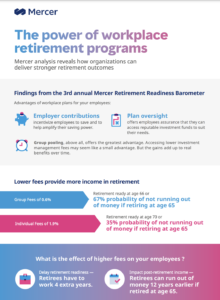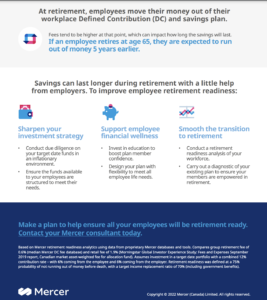
By Myron Genyk
Special to the Financial Independence Hub
Over the years, many close friends and family have come to me for guidance on how to become DIY (do-it-yourself) investors, and how to think about investing.
My knowledge and experience lead me to suggest that they manage a portfolio of a few low-fee, index-based ETFs, diversified by asset class and geography. Some family members were less adept at using a computer, let alone a spreadsheet, and so, after they became available, I would suggest they invest in a low-fee asset allocation ETF.
What would almost always happen several months later is that, as savings accumulated or distributions were paid, these friends and family would ask me how they should invest this new money. We’d look at how geographical weights may have changed, as well as their stock/bond mix, and invest accordingly. And for those in the asset allocation ETFs, there would inevitably be a discussion about transitioning to a lower risk fund.
DIY investors less comfortable with Asset Allocation
After a few years of doing this, I realized that although most of these friends and family were comfortable with the mechanics of DIY investing (opening a direct investing account, placing trades, etc.) they were much less comfortable with the asset allocation process. I also realized that, as good a sounding board as I was to help them, there were millions of Canadians who didn’t have easy access to someone like me who they could call at any time.
Clearly, there was a looming issue. How can someone looking to self-direct their investments, but with little training, be expected to sensibly invest for their retirement? What would be the consequences to them if they failed to do so? What would be the consequences for us as a society if thousands or even millions of Canadians failed to properly invest for retirement?
What are Target Date Funds?
The vast majority of Canadians need to save and invest for retirement. But most of these investors lack the time, interest, and expertise to construct a well-diversified and efficient portfolio with the appropriate level of risk over their entire life cycle. Target date funds were created specifically to address this issue: they are one-ticket product solutions that help investors achieve their retirement goals. This is why target date funds are one of the most common solutions implemented in employer sponsored plans, like group RRSPs (Registered Retirement Savings Plans).
Generally, most target date funds invest in some combination of stocks, bonds, and sometimes other asset classes, like gold and other commodities, or even inflation-linked bonds. Over time, these funds change their asset allocation, decreasing exposure to stocks and adding to bonds. This gradually changing asset allocation is commonly referred to as a glide path.
Glide paths ideal for Retirement investing
Glide paths are ideal for retirement investing because of two basic principles. First, in the long run, historically and theoretically in the future, stocks tend to outperform bonds – the so-called equity risk premium – which generally pays long-term equity investors higher returns than long-term bond investors in exchange for accepting greater short-term volatility (the uncertain up and down movements in returns). Second, precisely because of the greater short-term uncertainty of stock returns relative to bond returns, older investors who are less able to withstand short-term volatility should have less exposure to stocks and more in less risky asset classes like bonds than younger investors. Continue Reading…






